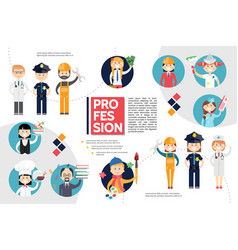Seasonal Factors In Industrial Outside Painting: Key Insights You Must Know
Seasonal Factors In Industrial Outside Painting: Key Insights You Must Know
Blog Article
Developed By-Carlson Rodriquez
When you're intending a commercial outside paint task, seasonal variables can make or damage your outcomes. You'll want to think about just how temperature level and moisture influence paint application and drying times. Choosing the ideal season can ensure your paint sticks properly and lasts longer. However which periods are truly the very best for this sort of job? Let's explore the crucial elements that can influence your job's success.
The Effect of Temperature on Paint Application
When you're planning a commercial outside painting task, the temperature can substantially impact how well the paint sticks and dries out.
Ideally, you wish to repaint when temperature levels range in between 50 ° F and 85 ° F. If it's too cool, the paint might not treat correctly, resulting in issues like peeling off or fracturing.
On the other side, if it's as well warm, the paint can dry also promptly, protecting against appropriate adhesion and leading to an irregular surface.
You should likewise consider the moment of day; morning or late afternoon provides cooler temperature levels, which can be more desirable.
Constantly examine the manufacturer's referrals for the specific paint you're making use of, as they frequently supply guidance on the perfect temperature level variety for optimum outcomes.
Humidity and Its Result on Drying Times
Temperature isn't the only ecological variable that affects your industrial external paint task; humidity plays a considerable function also. High moisture degrees can slow down drying times significantly, impacting the overall high quality of your paint work.
When the air is saturated with dampness, the paint takes longer to cure, which can bring about problems like inadequate bond and a greater risk of mildew growth. If you're repainting on a specifically moist day, be prepared for prolonged delay times between coats.
It's crucial to keep track of regional climate condition and strategy appropriately. Ideally, go for humidity levels in between 40% and 70% for optimal drying out.
Maintaining these factors in mind ensures your task stays on track and supplies a long lasting surface.
Best Seasons for Commercial Exterior Paint Projects
What's the best time of year for your commercial outside painting jobs?
Springtime and early fall are commonly your best choices. During interior house painting denver , temperatures are mild, and moisture degrees are typically reduced, creating optimal problems for paint application and drying.
Prevent summertime's intense heat, which can cause paint to completely dry too rapidly, resulting in bad adhesion and surface. Similarly, winter season's cold temperature levels can impede proper drying and treating, running the risk of the durability of your paint job.
Go for days with temperatures in between 50 ° F and 85 ° F for ideal results. Keep in read what he said to inspect the local weather report for rain, as damp problems can wreck your job.
Preparation around these aspects guarantees your painting task runs efficiently and lasts longer.
Conclusion
To conclude, preparing your commercial exterior painting projects around seasonal considerations can make a substantial distinction in the outcome. By scheduling work during the optimal temperature levels and humidity levels, you'll guarantee much better adhesion and drying times. Bear in mind to keep an eye on neighborhood weather report and select the right time of year-- spring and early fall are your best choices. Taking these actions will certainly aid you achieve a sturdy and specialist finish that lasts.
